This is part one in a two part piece on ‘The Liberation of Tibetans & Chinese Colonialism In Tibet’ – by Jigme Yeshe Lama, Assistant Professor, Department of Political Science, University of Calcutta
The professor participated in the “2012 Taiwan Study Camp for Future Leaders from South Asia” organised by Taiwan’s Ministry of Foreign Affairs in 2012.
In the 1950s, a wave of decolonization swept across much of Asia, leading to the birth of new nation states.
India received its freedom on 15th August, 1947, and became a republic on 26th January, 1950.
Along similar lines, Vietnam received its freedom from the French while Indonesia gained freedom from the Dutch in 1949.
While a greater section of humanity was breaking the chains of imperialism and breathing the fresh airs of freedom, liberty and equality, the newly formed People’s Republic of China (PRC) decided to invade Tibet, robbing freedom from millions of Tibetans and ending a unique form of government under the Dalai Lamas.
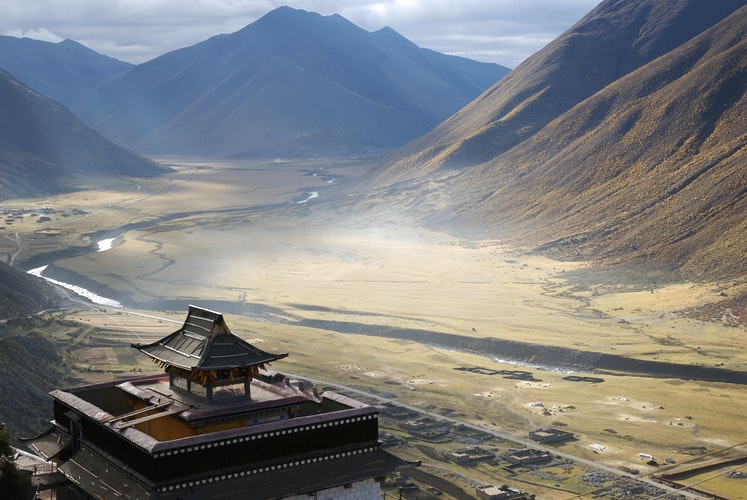
Ironically, the People’s Liberation Army (PLA) justified its attack on Tibetans in the guise of liberating them from feudalism and imperialism.
Remarkably, this ruling narrative of liberating Tibetans from the clutches of feudalism and imperialism is still used in every discourse that Beijing produces with regard to its policies on Tibet.
However, the stark reality was that there were no imperialists in Tibet when the Chinese invaded and the Tibetan government was smoothly running the affairs of the country.
On the other hand, Tibetan society had institutional inequality and class violence that has been dubbed as ‘serfdom’ by the anthropologist Melvyn Goldstein.
What, needs to be understood is that every society has enormous flaws, however, that does not justify an external country exerting military power in the name of liberating another.
As a matter of fact, the ‘serfs’ or peasants in historic Tibet had much autonomy and could indulge in a degree of social mobility.
Numerous studies by Coleman and others have shown that peasants were free to pursue their own labour and interests, and more importantly the Lhasa government considered the village as a collective entity, levying taxes on the group, and not on individual families.
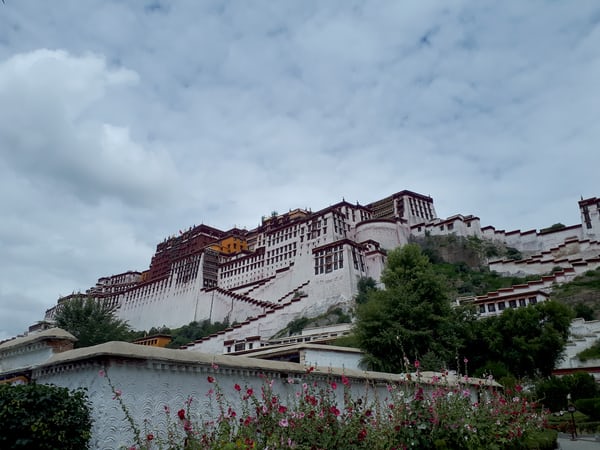
The traditional government had also tried initiating reforms before the Chinese invasion.
It can be said that the Chinese narrative for its actions inside Tibet constructs old Tibet as a fixed, motionless exotic society that does great disservice to the agency of the Tibetans. This can be said of all communities that have been colonized whereby the colonial power paints the colonized in deeply homogenous terms.
A close look at Tibetan history reveals the great transformation that the social and political order were undergoing.
While it is true that Tibet was far away from the waves of modernization hitting the shores of neighbouring India and China, this does not warrant an external power invading another country in the name of bringing modernity to Tibetans.
The invading Chinese communists were seen to be robbing freedom and agency from the Tibetans, which even included the snatching away of autonomy exercised by the local Communist party established by Bapa Phuntsok Wangye.
The Tibetan revolutionary had established the indigenous communist party and had facilitated the entry of the PLA into Tibetan areas.
However, a significant stipulation of the Chinese communists to him was to disband and submerge the Tibetan Communist Party into the Chinese Communist Party (CCP).
This was to retain the supremacy of a single communist party under the leadership of Mao Zedong.
From 1957-58, under the Anti-Rightist campaign launched by Mao, the Tibetan revolutionary was incarcerated and imprisoned in solitary confinement for 18 years.
His apparent crime was his constant emphasis on the need for the Chinese state to uphold the minority nationality rights the Tibetans enjoyed that was not provided to them.

The suffering of Bapa Phuntsok Wangye, who was a faithful communist in China-ruled Tibet is a trailer of the massive oppression Tibet and Tibetans underwent in the aftermath of the Chinese occupation.
This suffering still continues even after 70 years of the ‘liberation’ of Tibetans by the PRC.
The ‘liberation’ was simply a façade for a military occupation of Tibet.
The real objective of the ‘liberation’ of the Tibetan regions for China was strategic.
Tibet for a long period was seen as a backdoor to southwest China and posed a security dilemma for the Chinese ruling elites. Such an interpretation of Tibet needs to be seen as emerging from a modern colonial mindset that came about with the colonization of South Asia by the British.
The Chinese takeover of Tibet in 1950 was to secure the frontiers.
This took place immediately as witnessed through the frenetic infrastructural buildup inside Tibet.
These highway building projects had a dual purpose of economic development of Tibetans but also more importantly strategic strengthening.
Through these infrastructural buildups the PLA could be easily mobilized to the borders with India.
Initially built through Tibetan labour, these roads were used by the PLA to crush the armed uprisings by Tibetans in different parts of Tibet that had started from as early as 1952.
Many of these rebellions were concentrated in Eastern Tibet, in historic Kham and Amdo provinces that since the early 1900s, had been artificially incorporated into the neighbouring Chinese provinces.
While central Tibet or U-tsang, which was directly governed by the Dalai Lama led Lhasa government had signed the Seventeen Point Agreement with the Chinese in 1951, and were protected from the harsher Chinese policies, this was not the case for Kham and Amdo.
The so called ‘democratic reforms’ that entailed collectivization of land and livestock, decrease in the status of monasteries and curbing of religious freedoms ignited the spark of revolt among Tibetans.
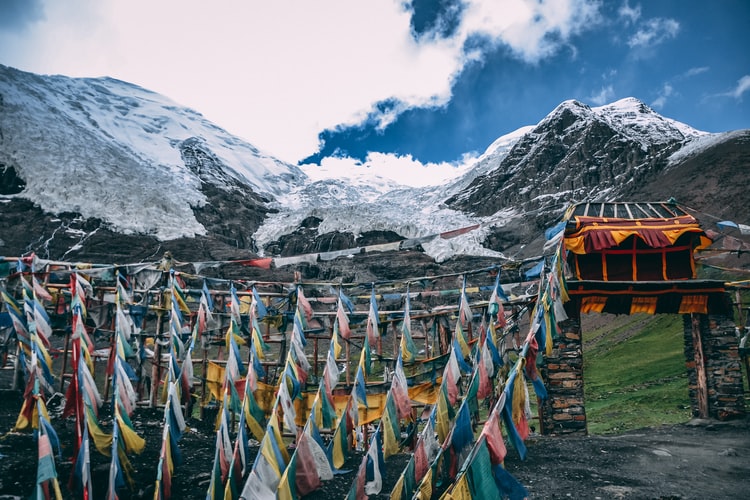
Ordinary Tibetans in Kham and Amdo took up arms to protect their way of life.
Even the Seventeen Point Agreement signed on 23rd May 1951 in Beijing was done under immense duress as the Chinese had threatened the Tibetan delegation with an all-out armed invasion if the agreement was not accepted by them.
What is remarkable is how it is only with the Tibetans that the Chinese communists signed an agreement for incorporating Tibet into the PRC.
The need for an agreement, reveals a lot regarding the status of Tibet as an independent entity.
The Seventeen Point Agreement had to be signed as that would bring legitimacy to the Chinese invasion of Tibet.
Sadly, due to its imperialist attitude the PRC could not uphold its end of the agreement.
What needs to be denoted is how most of the clauses of the Seventeen Point Agreement were seen to be challenging the authority and status of the Dalai Lama and the Tibetan government.
Pt. II of this piece will be released tomorrow, November 19th.
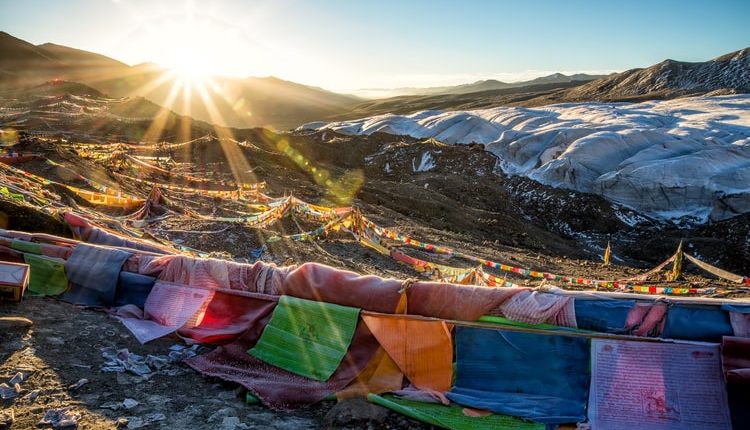



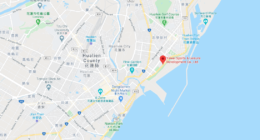
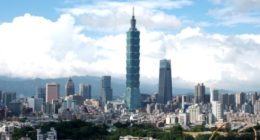


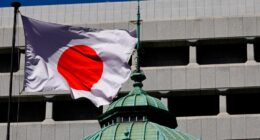


Comments are closed.